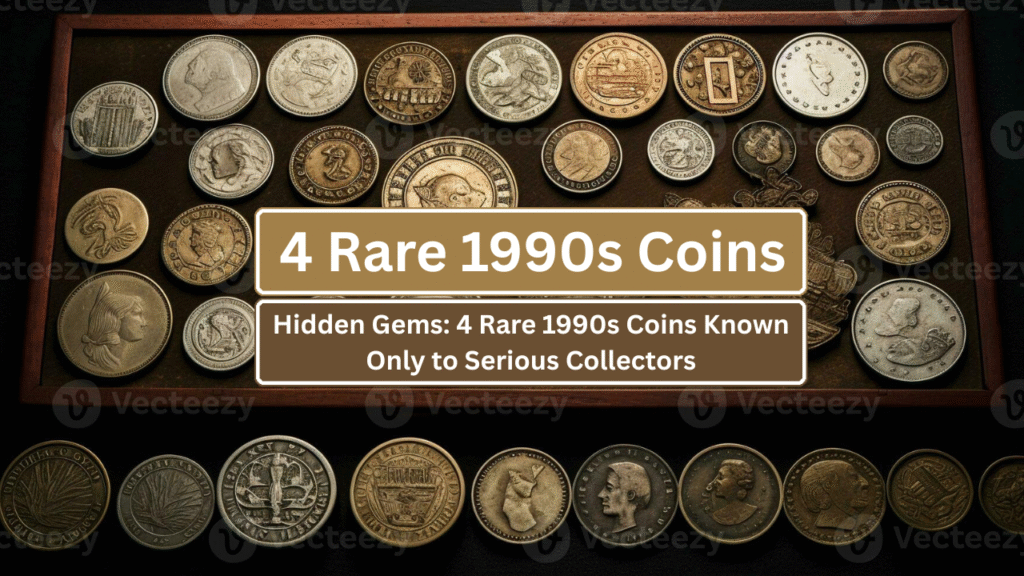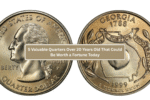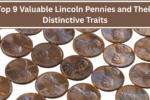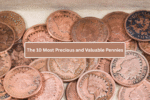The 1990s produced a vast number of U.S. coins, most of which are common and still circulate today. However, a select few have achieved rare status due to minting errors and unusual variations. These coins, though often overlooked by the public, are highly sought after by collectors and can command significant value in the numismatic market. Here are four rare coins from the ’90s that only serious coin collectors tend to know about.
1. 1992 Close AM Lincoln Cent
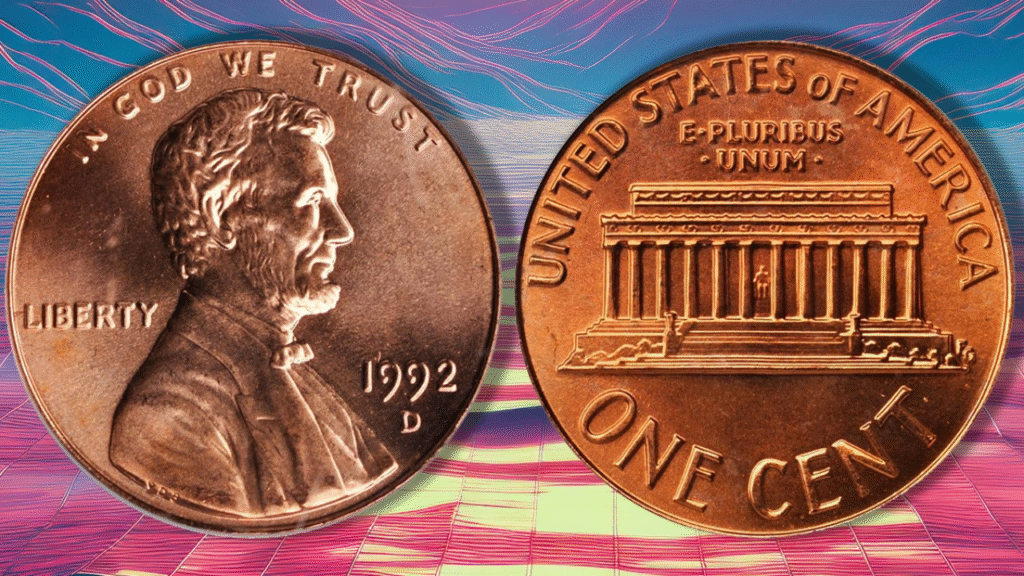
In 1992, the U.S. Mint mistakenly used a reverse die intended for proof coins on a small number of business-strike Lincoln cents. This error resulted in the “AM” in “AMERICA” on the coin’s reverse being unusually close together, almost touching. This subtle anomaly, known as the “Close AM” variety, makes this coin incredibly rare.
Only a few of these coins have been found, and they are now worth a small fortune. Depending on condition, some examples have sold for as much as $25,000. Collectors looking for this rarity should carefully inspect the spacing of the letters “A” and “M” on the reverse side.
2. 1992-D Close AM Lincoln Cent
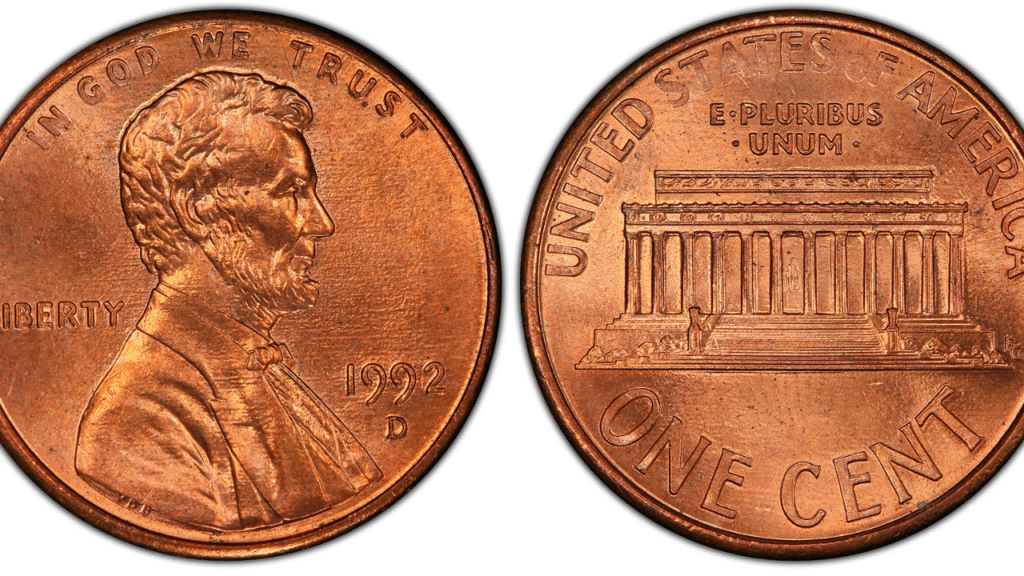
The Denver Mint also produced its own version of this rare coin, now known as the 1992-D Close AM Lincoln cent. Just like its Philadelphia-minted counterpart, this coin was struck using the wrong reverse die, resulting in the same tight spacing between the “A” and “M” in “AMERICA.”
High-grade examples of this coin have sold for over $20,000, and it remains one of the most elusive coins from the 1990s. Spotting this variety again requires a close look at the coin’s reverse, ideally with a magnifying glass.
3. 1990 No S Proof Lincoln Cent
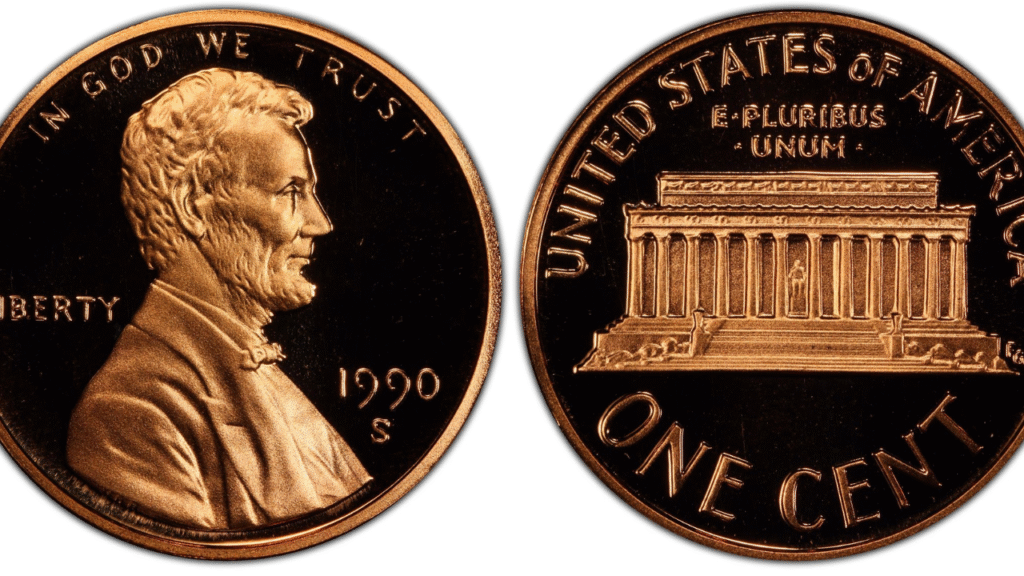
Proof coins are specially minted for collectors, typically featuring a high level of detail and a mirror-like finish. These coins are usually struck at the San Francisco Mint and carry an “S” mint mark. However, in 1990, a limited number of proof Lincoln cents were mistakenly struck without the “S” mint mark. These error coins became known as the “1990 No S Proof” cents.
These are among the most desirable proof errors of the modern era. A genuine 1990 No S Proof penny can sell for thousands of dollars depending on its grade and condition. Due to their rarity and collector appeal, these coins are carefully authenticated and graded by leading coin certification agencies.
4. 1999 Wide AM Lincoln Cent
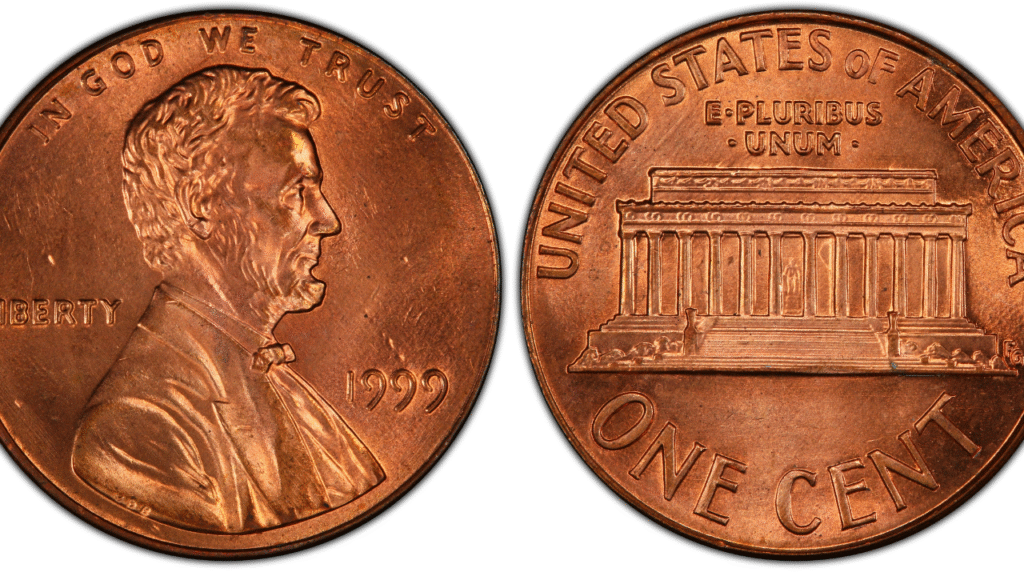
This coin represents the opposite of the Close AM error. In 1999, some Lincoln cents intended for circulation were struck with a proof reverse die that had a wider spacing between the “A” and “M” in “AMERICA.” The result is the 1999 Wide AM Lincoln cent.
While not quite as rare as the Close AM coins from 1992, this variety is still uncommon and can sell for several hundred dollars in uncirculated condition. Collectors often search bank rolls and pocket change in hopes of spotting one.
How to Identify These Rare Coins
Identifying these varieties relies on close examination of the reverse side of the Lincoln cent, particularly the spacing of the letters in the word “AMERICA.” A coin magnifier or jeweler’s loupe can help spot the subtle but critical differences. Collectors also pay attention to mint marks and coin finishes, which provide essential clues about a coin’s origin and rarity.
Resources for Coin Collectors
If you’re interested in finding out whether you have one of these rare coins, or if you want to learn more about coin collecting in general, consider exploring the following resources:
- Professional Coin Grading Service (PCGS) – Offers grading services and maintains a list of top collectible coins.
- Numismatic Guaranty Corporation (NGC) – One of the most trusted organizations for coin authentication and certification.
- United States Mint – Provides historical information, minting details, and educational tools for collectors.
These organizations can help you verify the authenticity of your coins, understand their value, and stay informed on current trends in the numismatic world.
Conclusion
While millions of coins were minted in the 1990s, these rare varieties stand out for their historical quirks and market value. For both beginner and seasoned collectors, discovering one of these elusive coins can be an exciting and rewarding experience. Whether found in a coin jar or purchased at auction, these 1990s raritiescontinue to fascinate collectors and remain valuable pieces of modern U.S. coin history.

